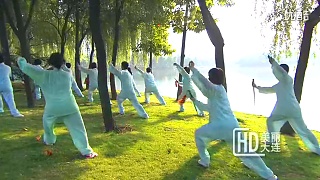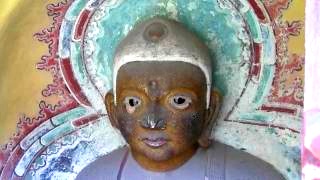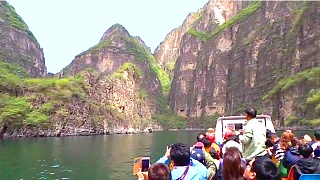
|
With Jiayi & Julie in China ...
0:43 Medical System
2:27 Transportation
3:40 Political Accountability
6:13 Police
7:41 Food
9:22 Individuality
10:50 City Planning
11:31 Female Culture
14:13 Nature
14:53 History & Culture
Top 2 YT comments (on 19th January 2025):
* My relative visited China in Oct for 3 weeks. During the visit in Shanghai one evening she had fever of 102F with blood in urine. She was 70+ years old and very nervous but finally went to the ER of the best hospital in Shanghai. She got the service including ultrasound, blood test, medicine, diagnosed as Urinary tract infection, in less than 2 hours. She was fully recovered the next morning.
Guess how much she was paid since she didn't have China medical insurance? Total 280RMB, i.e. US$40! She was told that the price for people w/wo insurance was the same. If you had local insurance you might only need to pay 10%-20% of the retail price.
* I'm in the US. About 2 weeks ago in North Carolina, an unarmed black man who was accused of shoplifting was shot 3 times. He had no weapon, and was simply walking. A few days ago in Oklahoma, a police officer broke the neck and eye socket of 71 year old Vietnamese man over a traffic stop. I saw both these videos. In Texas, police stopped a man driving a pickup truck because he had out of town license plates. He was carrying $35,000 in cash to buy machinery for his business. The cops seized his money and the local government refuses to return it. These incidents happen EVERY DAY, EVERYWHERE in America. I stopped arguing with Americans about how great they think this country it. They hang on to some unrealistic patriotic delusion, and are quick to accuse China of doing what is ACTUALLY DONE here. Things will not change no matter who is President because corruption permeates this society at every level. Far be it for me to give advice to the people in China, but here it is - be proud of your country and your government. I am in awe of how sophisticated your society is, and how protective of the people the CCP are. You are right about the politicians in the West. They suffer zero consequences for their lies and corrupt actions. The White House and Washington DC perfectly reflect our society. We in the US are not to be admired or emulated, but should be held as an example of a collapsing empire that should never be repeated again for the sake of the world. Thank you for this great vlog!
With Expat Adventuring in Asia ...
|
 American empire and global propaganda
American empire and global propaganda




























![Planning War On China part 40 (the encore). From now, all similar content will be on the new Geopolitics page, so do check that out and bookmark. Something Different, health, and psychology videos are likely to also move to their own pages. So we will still cover all these aspects of life, but have more time to focus on Chinese culture and China travel. *************************** Official racism is a very important fact to consider, and because it is is based on propaganda, can be easily missed for what it really is. Yet once seen, it is all so clear. Us and Them - is the sales pitch of supremacists and bomb companies. That is ALL it is. There is no `us and them`; that is just a scam to fool you into obedience / subservience / enslavement. The real schism is that there are real / open-eyed people, and then there are the brainwashed / believers people. Simple as that. Puppets at the top; puppets at the bottom. One life, one world, one family. One has love, or one does not. Real love doesn`t have targets; real love is a light that shines in all directions. Onto the video film . . . With George Galloway in conversation with Jerry`s Take on China . . . Bonus films . . . George at his very best - don`t miss it . . . What is more important - life or money (power) ? Simply believe ? Or be free to see reality ?? No longer puppet. Live more . . . Because it is not about `me` (that is the scam / fantasy, and a big topic in itself - `your problems are all your fault`, is part of it); it is really about `WE`. In China, the people are family. In the West, the people are livestock. And that is the `threat`. [ video v=fIxPv2Dn_P0 ] Oliver Stone interviews Vladimir Putin . . . Taiwan the next Ukraine ? . . . Lee Camp . . . [ video v=OSkpIq3T-Zc ] Racism is racism is racism. There is NO excuse, no matter how `official` it is sold to you. Something like 3 million died in the Vietnam war (not including the carpet bombing of Laos and Cambodia), alone. This is what racism entails. How many times will this lie play out ? Meanwhile . . . Peace. Official racism. Reality is so very different from the 'official' / MSM narrative / fairy tale - DON'T MISS THIS !](https://img.youtube.com/vi/Kc7f4JKhwtk/mqdefault.jpg)
























